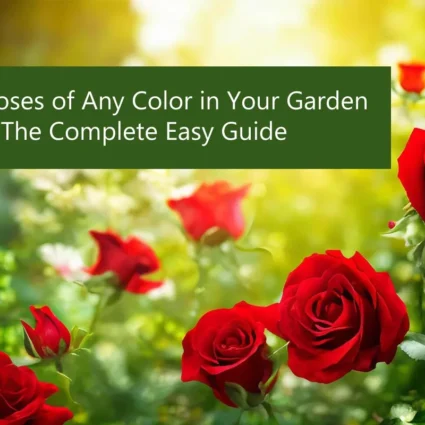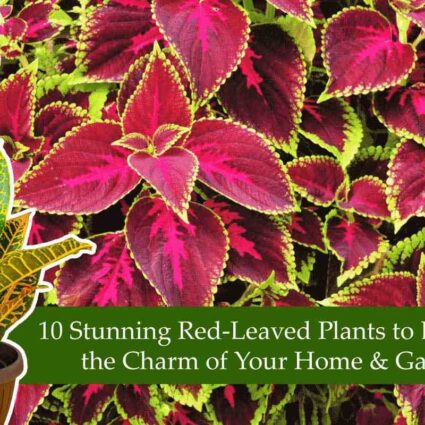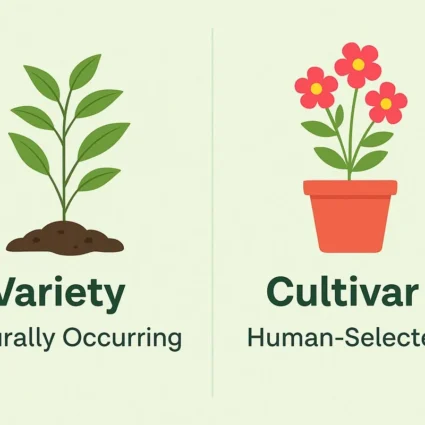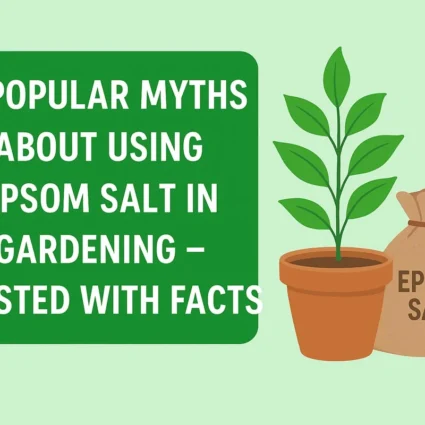
Maximizing Greenery in Minimal Space: Create Your Vertical Garden with These Simple Methods
The lush greenery around homes creates a desire for a clean and pure environment everyone appreciates. Many individuals garden around their homes, planting trees and shrubs on balconies and rooftops. However, as the population grows, space becomes a constraint, especially for those residing in urban areas. In such cases, people turn to vertical gardening as a solution. Vertical gardening is an excellent option for limited space, allowing individuals, particularly city dwellers, to cultivate plants even in confined areas. This innovative approach ensures a touch of greenery despite space constraints, promoting a refreshing and eco-friendly.
Finding space for a traditional garden can be a challenge in the hustle and bustle of urban living. However, the desire for a touch of greenery and nature doesn’t have to be sacrificed due to space constraints. Enter the world of vertical gardening – a creative and efficient solution to bring the outdoors inside, even in the smallest of spaces.
What is vertical gardening?
Vertical gardening is an innovative technique that offers a fresh perspective on traditional gardening. In this method, plants are cultivated in elevated spaces such as walls, roofs, pillars, balcony railings, and more. Not only does it optimize space utilization, but it also allows individuals to create a garden by planting a variety of trees and shrubs in unconventional areas. Vertical gardening is an efficient solution for those facing space constraints, enabling them to transform any available vertical surface into a flourishing garden. This approach saves space and adds a touch of greenery to urban environments where traditional gardening may be challenging.
Also Read This :Green Thumb Guide: 5 Essential Tips for Indoor Plant Care
Less Space, More Greenery: Make a Vertical Garden with These Easy Methods
- Hanging Gardens with Pockets
- Stacked Crates or Shelving Units
- Tiered Plant Stands
- Wall-Mounted Pots or Frames
- DIY Vertical Planters
- Hydroponic Towers
- Window Gardens
Hanging Gardens with Pockets:

One of the easiest ways to maximize space is by utilizing vertical pockets. These can be hanging planters or specially designed fabric pockets that allow you to plant various herbs, flowers, or small vegetables. Hang them on walls, balcony railings, or any available vertical surface.
Also Read This :Indoor Oasis: Harnessing Health with These 5 Plants Packed with Benefits
Stacked Crates or Shelving Units:
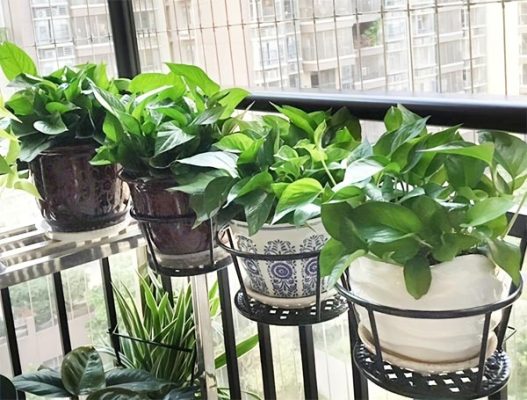
Get creative with old crates or repurpose shelving units to create a stacked garden. Arrange them in a way that allows each level to receive sufficient sunlight. This method saves space and adds a stylish and organized touch to your green corner.
Also Read This :Rosemary Revelations: Unveiling the Secrets to Successful Care and Cultivation
Tiered Plant Stands:
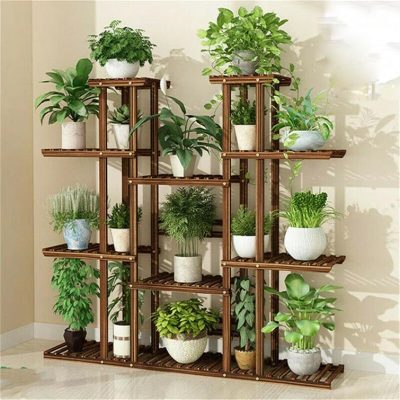
Explore tiered plant stands or shelving to give your plants a stepped platform. This is visually appealing and ensures that each plant gets its fair share of sunlight. You can customize these stands to fit into any corner of your home.
Also Read This :Seeds and Cuttings: Growing Rosemary at Home with Speed and Success
Wall-Mounted Pots or Frames:

Utilize wall space by installing wall-mounted pots or frames. These can be as simple as vertical panels with integrated pots or even repurposed wooden pallets. This method adds a touch of art to your space and turns your wall into a living canvas.
Also Read This :Indoor Zen: Stylish and Stress-Free Hanging Succulents for Any Space
DIY Vertical Planters:
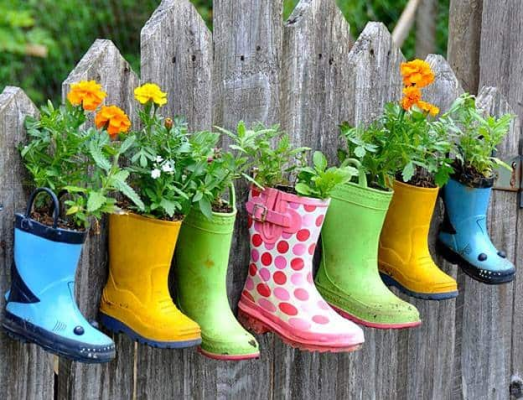
Unleash your creativity with DIY vertical planters. From repurposing old shoe organizers to creating your hanging planter out of recycled materials, there’s no limit to what you can achieve with a bit of imagination and resourcefulness.
Also Read This :Understanding Factors Leading to Slow Seedling Growth: Common Causes Explored
Hydroponic Towers:

For those looking for a modern and space-efficient solution, consider hydroponic towers. These vertical systems allow you to grow plants without soil, making them perfect for small spaces. They are not only efficient but also offer a sleek and contemporary aesthetic.
Also Read This :Tomato Transplanting Tips: A Guide to Timing and Techniques for Successful Gardening in Both Beds and Containers
Window Gardens:

Make the most of your windows by creating a vertical garden on the windowsill. Use hanging pots or install shelves to house various plants that can thrive with the natural light streaming in.
Also Read This :Transplanting Seedlings: Knowing When and How to Move from Seed Tray to Garden or Containers
How do you choose indoor plants?
When selecting indoor plants, it’s essential to consider how well they complement your interior and their maintenance requirements. Some plants enhance aesthetics, while others contribute to air purification, so your choice should align with your needs. Natural light availability, humidity levels, and available space also play crucial roles. Opt for low-maintenance plants like snake plants or pothos for beginners, while those seeking vibrant blooms might choose orchids. Understanding your preferences and the plant’s characteristics ensures a harmonious blend of functionality and aesthetics, creating an indoor environment that is visually pleasing and tailored to your requirements.
Also Read This :Effortless Elegance: Low-Maintenance Succulents Perfect for Indoor Gardens

Less space doesn’t mean sacrificing your green thumb dreams. With these easy and creative methods for vertical gardening, you can turn any nook or cranny into a thriving oasis of greenery. Embrace the beauty of vertical gardens and make the most of every inch in your living space.

